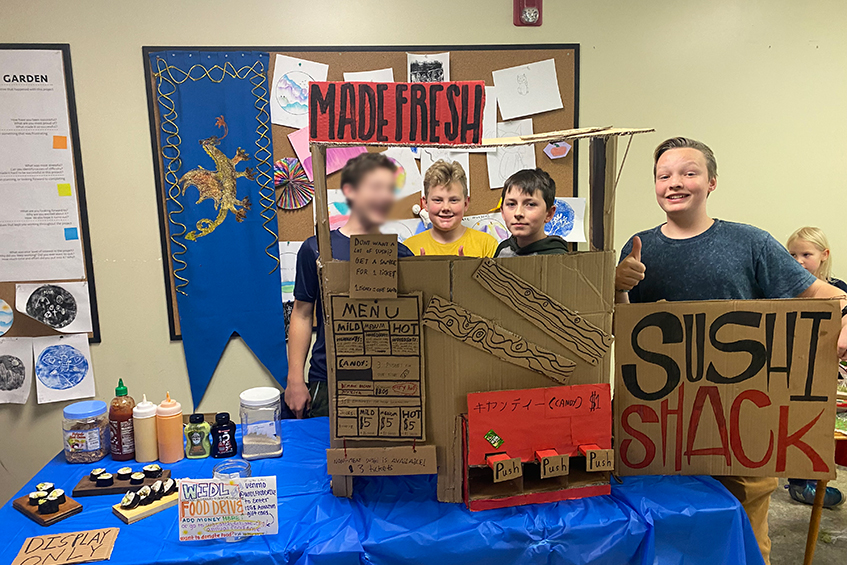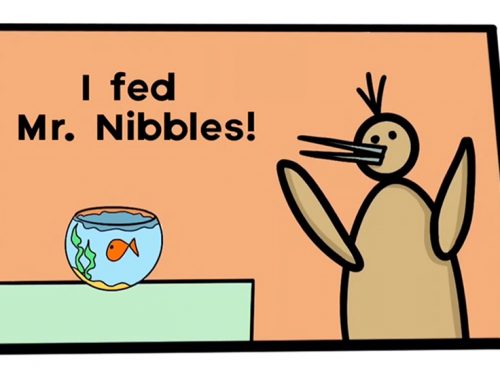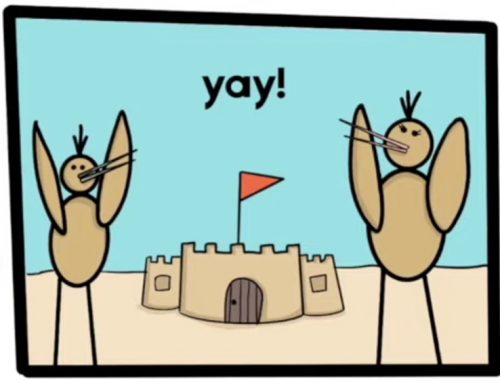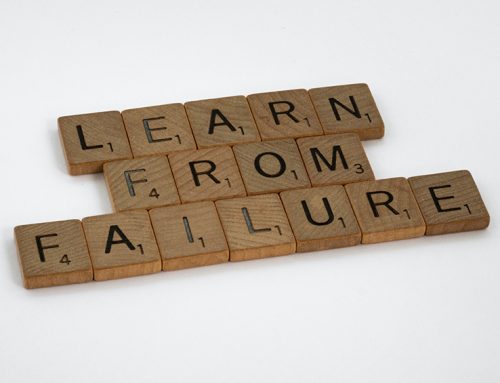At the end of each term, teachers, students, and families get together to celebrate student learning. It looks a little different each term but it is always a good time. However, it is also an opportunity for you as a parent and your family. Celebration can be an exceptional learning experience in itself for both you and your student. And as you truly celebrate together, your relationship will strengthen. So how do you get the most out of celebration?
- LET YOUR STUDENT BE YOUR GUIDE ….WHILE YOU ADMIRE AND MODEL CURIOSITY
Students have been part of a community within their classrooms that has shared all kinds of experiences and learning. Now you as a parent get to share in that world by seeing some of their projects but don’t miss the opportunity to have your student tell you all about it! How much better do we understand something when we have to explain it to someone else? Have your student be your guide through the event, encourage them to explain what you are seeing, and pretend you know nothing about the term so they can teach you! Here are some questions you can ask:
- What’s that? Tell me about it.
- What is it made of?
- Who’s idea was it?
- What part did you work on?
- Why did you do it that way? or use that material? or choose that color?
Don’t make it a Spanish Inquisition, of course. Pepper it with lots of ooooohs and awwwws and non-judgemental enthusiasm. Don’t pull answers from them like teeth. This should be a fun and natural conversation.
If your kiddo doesn’t respond well to direct questions, just admire and wonder generally:
- “Wow, that is an interesting use of materials. I wonder how that was put together?”
- Or, take the time to point out explicitly the skills and values used to create:
- “Look at the details on that! It must have taken a lot of careful attention and grit!”
- “Oooh! That is such a creative choice!”
- “Oh my, that must have taken lots of hard work!”
A NOTE ON PRAISE:
For those of you unfamiliar with Growth Mindset and the work of Carol Dweck, check out this YouTube video.
Remember that according to Dweck’s research, praising someone for their talents or intelligence usually backfires. Praising someone for their effort, however, encourages students to challenge themselves and results in better performance. So when you are oohing and awing, remember to praise effort, not talent.
Here are some examples of Growth Mindset Promoting Praise:
- You didn’t give in when it was hard.
- You practiced a lot and your improvement shows.
- You were patient with yourself. You gave your brain time to learn.
- You made lots of fabulous mistakes.
- You tried different strategies until you found what works.
- Great effort! You worked really hard.
For more on praise, check out this article in Psychology Today. Did you know research shows that “praise is also associated with increased brain matter in an area of the brain associated with empathy, conscientiousness, and open-mindedness”?
- TAKE THE TIME TO CELEBRATE (NOT COMPARE) OTHER STUDENT WORK, TOO.
Another fun part of celebration is to see what all the students and classes are up to. It gives students a vision of what is possible and should be inspiring. We need to be careful, however, not to compare students. Comparing is something that our brains naturally do, so this one just takes some mindfulness.
Instead of saying, “that project is less colorful than yours,” or “that’s the biggest diorama of them all!” just describe what you are seeing specifically, in isolation from anything else around it. “This project has so many vibrant, primary colors!” and “This diorama is huge! At least 3 feet!” Comparison sets the groundwork for competition. Competition too easily erodes relationships and undermines the safety that is so necessary for our learning environments.
- REMEMBER THAT LEARNING COMES IN SIX DIMENSIONS.
Most of us think of learning as knowing stuff. But that is only one of the six dimensions of learning. In our information age, it is no longer the most important dimension of learning. So if you want insight into your students’ learning this term, ask more dimensional questions.
Are you still learning about the six dimensions of learning? So are the students! We have some great content coming soon to learn all about it! In the meantime, check out the “Types of Learning” page at the end of this article.
In the meantime, here are some other learning questions to ask besides knowledge questions.
- What are you more confident in this term?
- What are you able to do more by yourself?
- Are you getting better at knowing when to ask for help?
- What skills are you getting better at?
- What new skills are you learning?
- Were you able to build upon stuff you already knew in your work this term?
- How did you put your own stamp on things? When were you the most creative?
- How did you use your imagination?
- What were some of the questions you had about this term at the beginning? Did you find out any answers?
- DEVELOP A REFLECTION PRACTICE
Reflection, one of the six dimensions of learning, can sometimes feel difficult or awkward in the beginning. Do it anyway. Start small and keep it short initially. Then as you and the kids get the hang of it, build on that foundation. Once you get going, reflection is a process that reaps prolific results. I find questions about their interests and passions are the easiest place to start.
Questions to reflect on their Interests and Passions:
- What was the coolest thing you learned about Australia (or whatever the term topic)?
- What was your favorite project you worked on?
- What do you think you will always remember about this term topic?
- What do you still have questions about?
- What are your favorite projects that your friends did? How much work do you think that took?
Questions to reflect on Ownership and Agency:
- Tell me about what projects were your idea?
- How did you put your own stamp on this project?
- Was there anything you didn’t want to do but did anyway? Why?
- Did you search for answers to the questions you had this term?
- When did you work on a team? Were you with your friends or not? How did that go?
Failure and Growth Mindset Questions
- What was hard about this term?
- What projects were easy and which were difficult? Why?
- What didn’t go well?
- Was there anything that didn’t turn out as you expected? What did you learn from it?
- What was the biggest way you challenged yourself this term?
- What did you get better at this term?
- When did you have to use a lot of grit to keep going with a project?
I’ve now given you a lot of ways and questions to get started in maximizing your celebration experience. Please don’t try to do them all at once! Your kids will groan and roll their eyes. Or fall asleep or run off. Or cry. Start with where you are and pick one area to improve on and focus on that. Do you have more than one child at celebration? Go even slower! All of the reflecting and conversations don’t have to happen that night either! Take the celebration out for ice cream after or home the next day when there aren’t dozens of other kids running around and talk about it then. Take lots of pictures or review their Seesaw pages to have something visual to encourage the conversation.
Also, students will spend time in the days after celebration with their teachers and peers reflecting and adding to their portfolios about their growth in skills and along the six dimensions of learning. And we will persevere through the groaning and eye rolls and the “I don’t know!” exclamations until we help them recognize something about their learning this term. We hope that by the end of the year when students bring home their portfolios, they will also bring home a new vocabulary and the ability to talk about their learning in a way that is both insightful and empowering.





